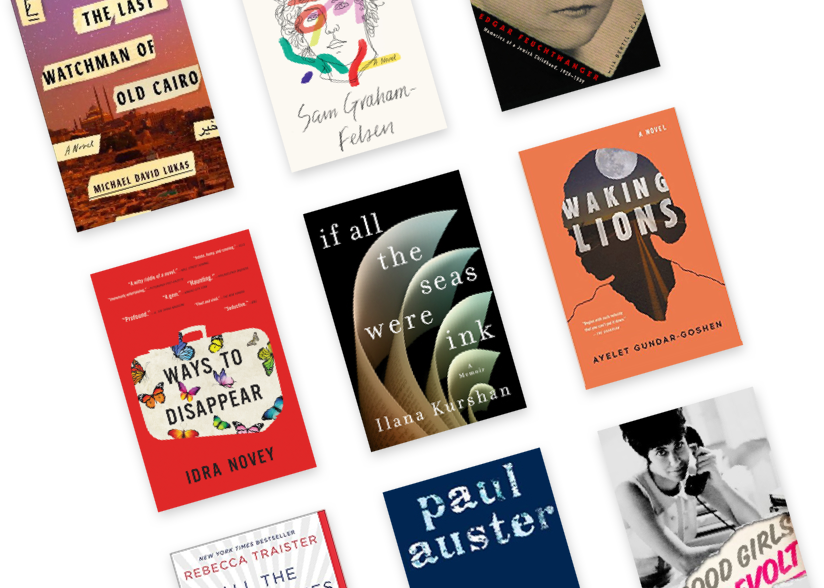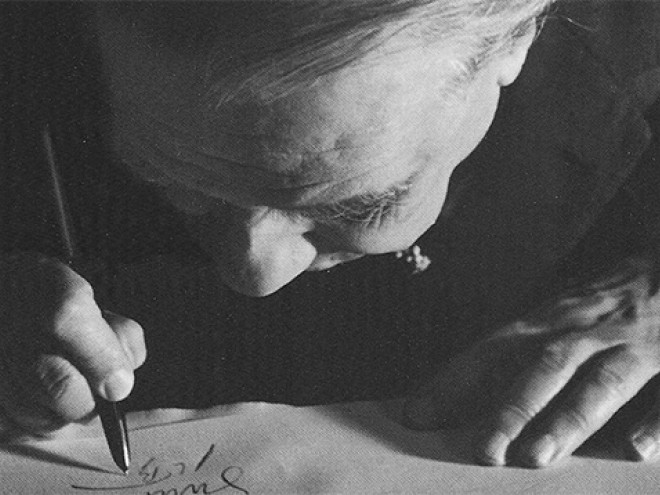A grandmother and her grandson share a close bond, but not a native language. This scenario is common throughout Jewish history, and also among any family including or descended from immigrants. In The Secret Recipe, Ilan Stavans and Taia Morley use the concept to introduce a series of steps leading to an even closer connection between generations. Preparing a recipe for bourekas, the Sephardic grandmother introduces the Ladino language and its deep-rooted meaning in both their lives.
The story is set in Mexico, and it becomes clear that the characters are speaking Spanish to one another even though the book is written in English.When the boy asks his grandmother why the words in her recipe, handed down from their ancestors, are different. She replies, “because they didn’t speak Spanish like we do. They spoke a secret language.” As the story begins, Abuela and her grandson are about to embark on a project together. She announces “una merenda azeremos,” and his answer encapsulates the gap between them: “I don’t understand what you’re saying.” She explains that they are going to prepare a special dish, and the rest of the book will follow the structure of following steps towards an important goal. Each new ingredient is also a new word in Ladino. Each one of the boy’s questions leads to new information about history, and a new link in the chain of traditions.
When the boy asks his mother how a language can be “secret,” she replies that Ladino, the language once spoken by Spanish Jews, is now only “spoken by a small group of people,” alluding to its vulnerability. She narrates a simplified version of the Jews’ expulsion from Spain by intolerant monarchs, depicted by Morley as an elegantly dressed king and queen seated on their thrones. Since the scene is conjured by his mother’s words in the boy’s imagination, the illustration’s background contains the pots, pans, and blue and white tiles of their family’s kitchen. The next scene shows a father and young child waving to a departing ship. The Ladino language, explains the boy’s mother, became a key part of their dual identity, preserved over centuries in their daily speech, and even their dreams.
Bold color is a key element of the illustrations, with jewel tones predominating in the warm scenes of family life. Abuela projects both warmth and dignity, dressed for baking whether in her berry-colored, or mustard-gold dress, and her white apron. Her face is realistically lined and her hair is gray, while the boy and his mother have the same dark curls. Ceramic dishes match the varied shades of the food they hold.
Inspired by what he has learned, the boy undertakes the ambitious project of learning the secret language. The bourekas that he helps to prepare, and serves to his family, are more than just a delicious concoction of güevos, kezo, and maza (eggs, cheese, and dough). They are his way of unlocking the secret language, ensuring its continuity for one more generation. The Secret Recipe is highly recommended and includes a glossary as well as a recipe for bourekas with white cheese.
Emily Schneider writes about literature, feminism, and culture for Tablet, The Forward, The Horn Book, and other publications, and writes about children’s books on her blog. She has a Ph.D. in Romance Languages and Literatures.





